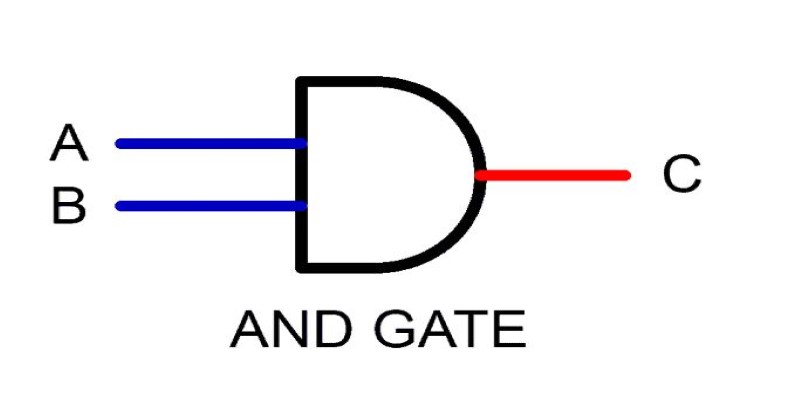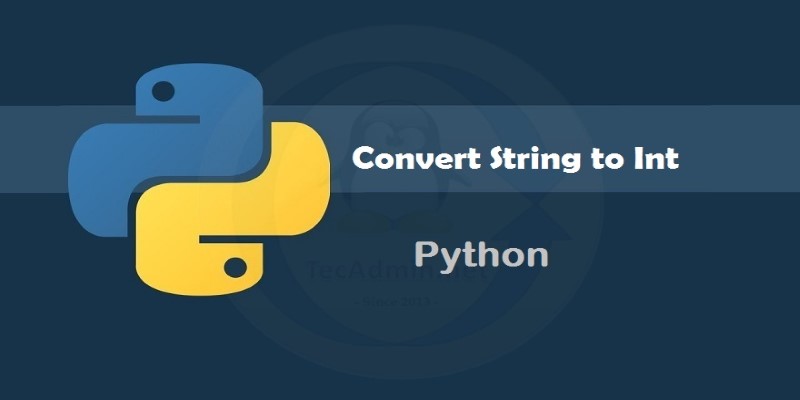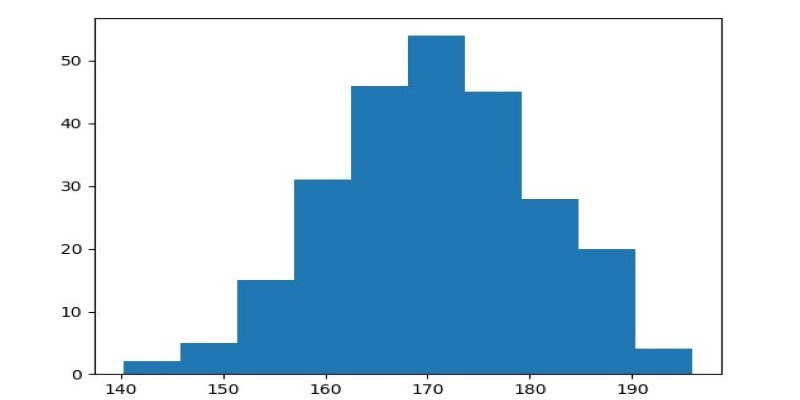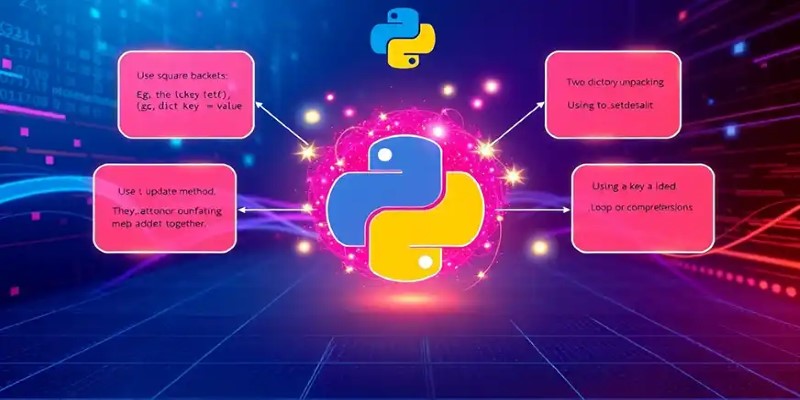Advertisement
Understanding how computers make decisions begins with logic gates. These gates sit at the heart of every chip, controlling the flow of binary signals. What might seem like abstract math or dry circuit theory is actually the foundation of how your phone, laptop, and even your calculator work.
Most people don’t think about the layers behind the apps they use every day, but those layers rest on logic gates and Boolean expressions. Learning how to use them in code—especially in Python—opens the door to deeper control over processes and smarter algorithms.
Every logic gate uses binary inputs—only 0s and 1s. These values often stand for OFF and ON, or FALSE and TRUE. That simplicity is what makes digital systems so reliable. The basic logic gates are AND, OR, and NOT. Then there are combinations like NAND, NOR, XOR, and XNOR, which are just tweaks on those primary gates.
An AND gate outputs 1 only if both inputs are 1. An OR gate outputs 1 if either input is 1. The NOT gate flips the value—it makes 0 into 1 and 1 into 0. These three alone can be used to create all other gates and even full circuits. XOR and XNOR add more nuance. XOR outputs 1 when only one input is 1. XNOR outputs 1 when both inputs are the same.
All of this comes down to Boolean algebra. Instead of working with numbers the way arithmetic does, Boolean logic deals with TRUE and FALSE values. For example, in Boolean terms, 1 AND 0 is 0 because neither is TRUE. 1 OR 0 is 1 because at least one is TRUE. That may sound simple, but it’s the same logic used in processors, digital sensors, and decision-making systems in robotics and AI.
In electronics, these gates are built using transistors. However, in programming, especially Python, we can represent them easily with code. Learning how to simulate these gates helps in understanding digital electronics and builds intuition for algorithms that rely on logic conditions.
Python handles Boolean logic naturally. The keywords and, or, and not work just like the logic gates they represent. But building logic gates as functions gives more control, especially when simulating digital circuits or creating learning tools.

The AND gate returns True only if both inputs are True. In Python, you can use the built-in and operator or define it as a function:
python
CopyEdit
def AND(a, b):
return a and b
The OR gate outputs True if at least one input is True. You can write it using the or operator:
python
CopyEdit
def OR(a, b):
return a or b
The NOT gate inverts the input. If it's True, it returns False, and vice versa:
python
CopyEdit
def NOT(a):
return not a
A NAND gate is the inverse of an AND gate. It returns False only if both inputs are True:
python
CopyEdit
def NAND(a, b):
return not (a and b)
The NOR gate returns True only when both inputs are False. It’s the inverted version of OR:
python
CopyEdit
def NOR(a, b):
return not (a or b)

XOR (exclusive OR) returns True if one, and only one, input is True:
python
CopyEdit
def XOR(a, b):
return a != b
XNOR returns True if both inputs are the same—either both True or both False:
python
CopyEdit
def XNOR(a, b):
return a == b
Each of these functions mimics how logic gates work in hardware. With these basic building blocks, you can simulate complex digital systems directly in Python.
Beyond the gates themselves, logic conditions help control flow in programs. Think of a smart home system that only activates the air conditioning if the room is hot and someone is home. That would be a perfect case for an AND gate. Or a door lock that opens if the right code is entered or a fingerprint matches—that’s an OR gate in action.
Python helps simulate these systems with conditional statements. But wrapping logic gates into functions makes testing combinations easier. You can simulate a full control panel or decision tree just by calling these gates in the right order.
For a real-world example, let’s simulate a security system with two conditions: motion detected (motion=True) and door open (door=True). We only trigger an alarm if both happen together:
python
CopyEdit
def trigger_alarm(motion, door):
return AND(motion, door)
If either condition is false, the alarm doesn’t go off. You can add more logic easily by chaining functions. For example, to cancel the alarm if the system is disarmed, use:
python
CopyEdit
def check_system(motion, door, disarmed):
return AND(AND(motion, door), NOT(disarmed))
This reflects how actual security systems operate. Knowing logic gates goes beyond hardware and helps structure smarter Python applications. It improves decision-making in areas like games, simulations, rule-based engines, and AI pipelines, where conditions drive actions. Mastering logic simplifies complex behavior using clear, structured functions that are easy to maintain.
Logic gates aren't just for hardware engineers. They're part of everyday decisions in code, AI, and digital systems. If you can write a clean AND or XOR function, you're halfway to understanding how machines think. Python makes this easy and accessible to beginners and pros alike. What starts with simple TRUE and FALSE values grows into smart systems that can run games, apps, devices, and even neural networks. Taking the time to master logic gates builds a solid base, not just for coding, but for grasping how digital systems work. Whether you're a beginner in Python or diving deeper into AI, logic gates are the groundwork that supports it all.
Advertisement

Learn about Inception Score (IS): how it evaluates GANs and generative AI quality via image diversity, clarity, and more.

Discover how Getty's Generative AI by iStock provides creators and brands with safe, high-quality commercial-use AI images.

Learn seven methods to convert a string to an integer in Python using int(), float(), json, eval, and batch processing tools like map() and list comprehension

Learn how AI parameters impact model performance and how to optimize them for better accuracy, efficiency, and generalization

Learn how to convert strings to JSON objects using tools like JSON.parse(), json.loads(), JsonConvert, and more across 11 popular programming languages

Understand the real differences in the relational database vs. graph database debate. Explore structure, speed, flexibility, and use cases with real-world context

How to use Matplotlib.pyplot.hist() in Python to create clean, customizable histograms. This guide explains bins, styles, and tips for better Python histogram plots

Learn 8 effective methods to add new keys to a dictionary in Python, from square brackets and update() to setdefault(), loops, and defaultdict

How to create an AI voice cover using Covers.ai with this simple step-by-step guide. From uploading audio to selecting a voice and exporting your track, everything is covered in detail

Looking for quality data science blogs to follow in 2025? Here are the 10 most practical and insightful blogs for learning, coding, and staying ahead in the data world

Anthropic faces a legal battle over AI-generated music, with fair use unlikely to shield the company from claims.

SAS acquires a synthetic data generator to boost AI development, improving privacy, performance, and innovation across industries